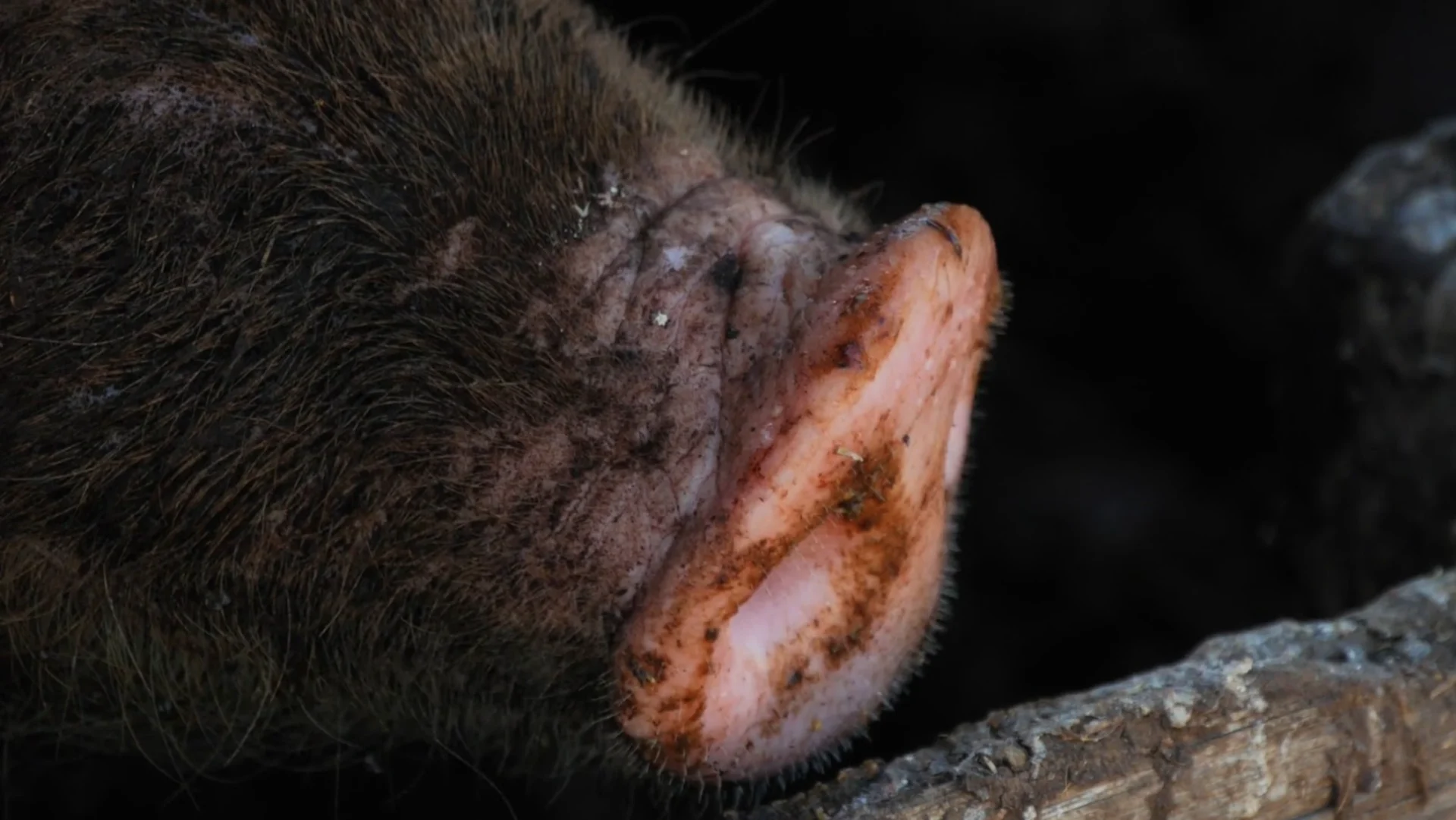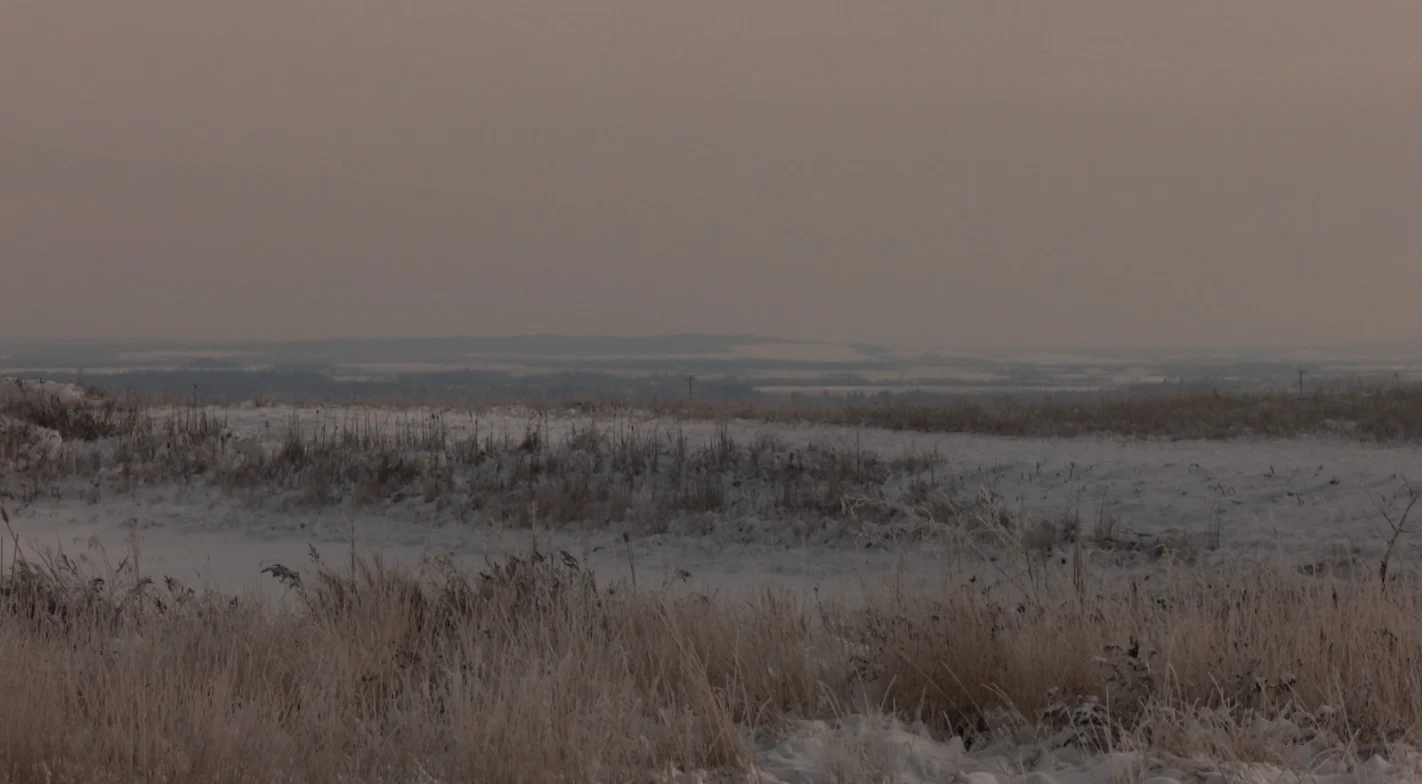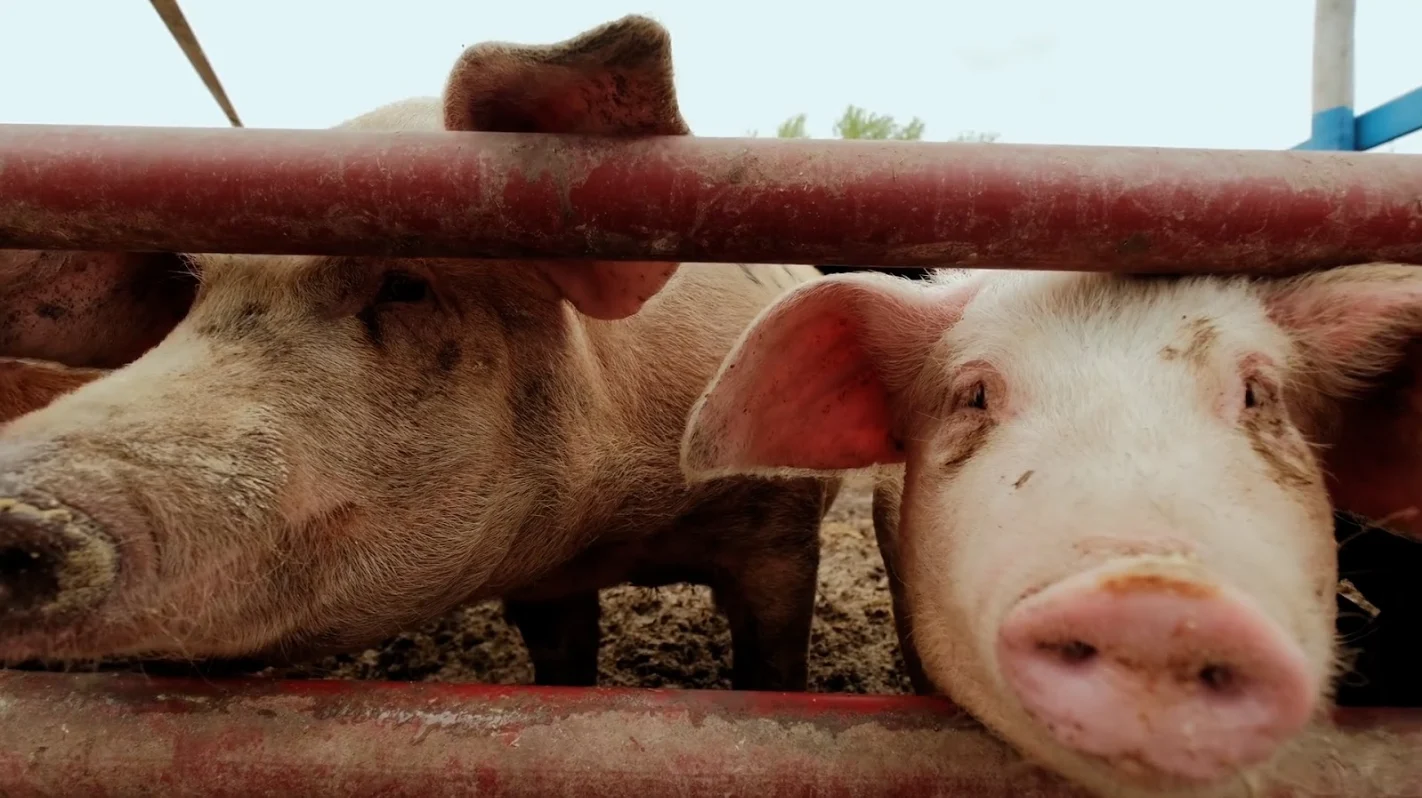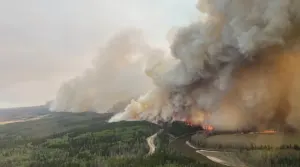
Extreme Canadian climate no match for destructive 'super pigs'
“If we don’t control it, it will get out of hand!”
At first glance, it might be easy to assume that the vast Canadian Prairies are empty, especially in the winter.
But those who work the land know differently.
Hiding somewhere in the seemingly endless expanse of field, forest, and snow are groups, or sounders, of wild boar.
“They’re proven to survive and thrive in our climate,” says Jurgen Preugschas, who has been farming pigs for most of his life in Mayerthorpe County, Alta. “If we don’t control it, it will get out of hand!”

Lac Ste. Anne County, Alberta. (Connor O’Donovan)
Sometimes going by more descriptive titles like “feral super pigs," due to the fact that some have crossbred with domestic pigs, invasive wild boar have been wreaking havoc on the Prairies since they began escaping farms in the 1980s. At the time, Canadian governments were actually encouraging their imports from Eurasia as a means of diversifying farms. Forty years later, though, they’ve become anything but a boon.

A map of wild boar sightings in Alberta, Saskatchewan and Manitoba. Research suggests Saskatchewan has the bulk of wild boar in Canada. In Alberta, wild boar are most common in areas northwest of Edmonton according to the Alberta Invasive Species Council. (University of Saskatchewan)
SEE ALSO: Wild pigs seen roaming Ontario city, but government is on their tails
“I think part of the rationale for bringing them over initially was that ‘they won’t be able to survive our winters,’” says the Alberta Invasive Species Council’s Megan Evans. “Well, they definitely did. They do seem to be pretty hardy animals. And the area they tend to thrive in tends to be areas with crops to eat, river valleys, and tree cover to hide in. We've got a lot of that habitat here.”
Their destructive impact on crop land, which comes courtesy of their long, rooting noses, has provinces like Saskatchewan and Alberta paying out insurance claims annually.
They can weigh hundreds of kilograms and come complete with long, sharp tusks when fully grown, creating a physical hazard for anyone or anything that dares interact.
The thick-furred, climate-adaptable animals move quickly and are notoriously difficult to locate and capture.
South of the border, where they’re more established in states like Texas, the United States Department of Agriculture estimates wild boar do $1.5 billion in damage each year in crop and property damages.
They can also erode soil, degrade water quality, and impact biodiversity by preying on small mammals, birds, and amphibians.
But most significantly for farmers like Preugschas, they’re known to carry more than 80 diseases, such as hand, foot, and mouth disease and African swine fever (ASF). If somehow transmitted to domestic herds, diseases like ASF have the potential to shut down Canadian meat exports overnight.

In Alberta alone, there are over 250 commercial pig farms producing nearly 3,000,000 pigs annually, 70 per cent of which are exported out-of-country, according to Alberta Pork. (File photo courtesy of Storyblocks)
“I think for anyone depending on the hog industry, it would put them into bankruptcy,” Preugschas says, noting that 70 per cent of the pork produced in Canada is exported to other markets.
Naturally, the livestock industry, along with Canadian governments and academic institutions, is focused on eradicating wild boar. A big part of doing that, they say, is getting a better grasp on exactly where wild boar are thriving and tracking their movement and spread.
The Alberta government, for example, lists surveillance as a key part of its wild boar control program, which also features a trapping incentive program that encourages the elimination of entire herds of wild boar.
“Please, please, please squeal on pigs,” says Alberta Pork Industry Programs Manager Charlotte Shipp. “At some point in time, we will need to understand the population so that we can measure the effectiveness of our eradication techniques, but we still have to push forward aggressively with eradication to try to get ahead of this issue.”
Also of note, many subject matter experts discourage hunting wild boar, as they say it can encourage the animals to learn more elusive behaviours.
“We had a bounty program in Alberta for 10 years, and we still have a problem with wild boar,” says Megan Evans.
“Our understanding is that when you hunt and pick off a couple of members from the group, it teaches the remaining pigs to avoid being hunted and tracked. And researchers have shown they can pass that information off to their offspring.”










